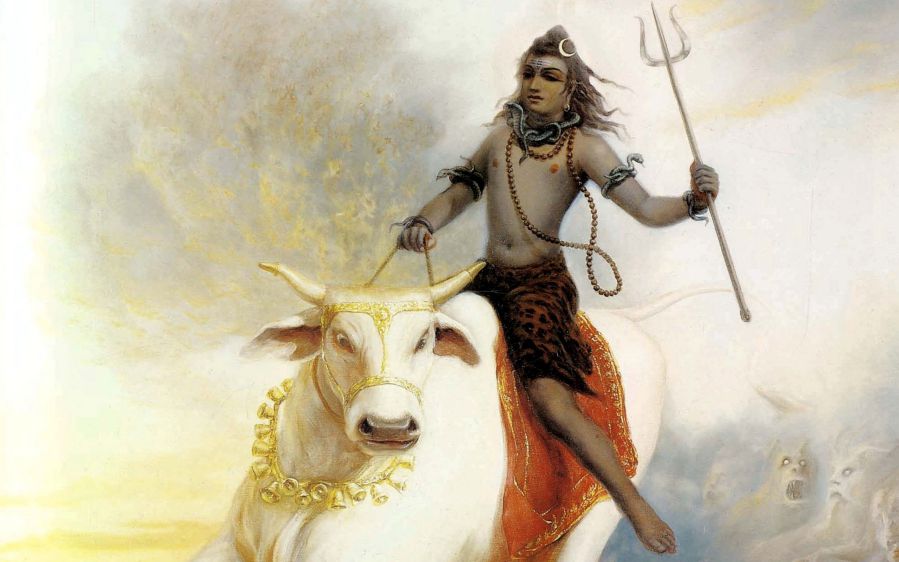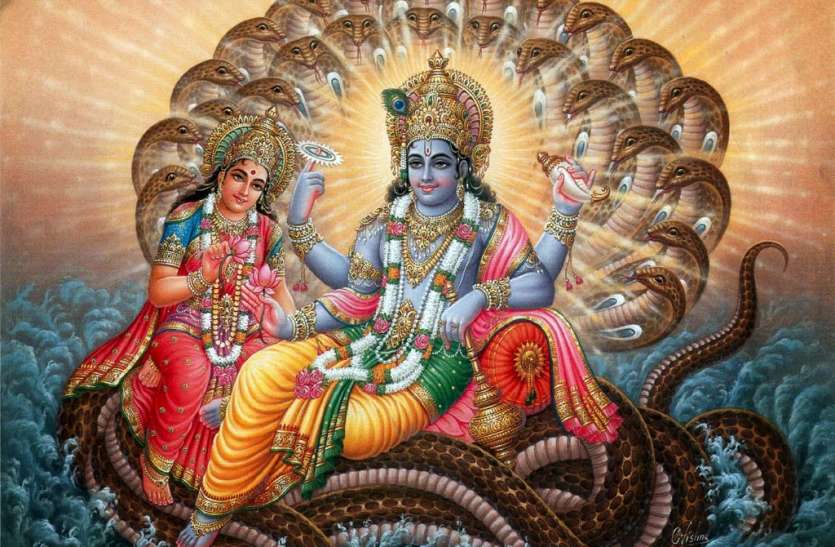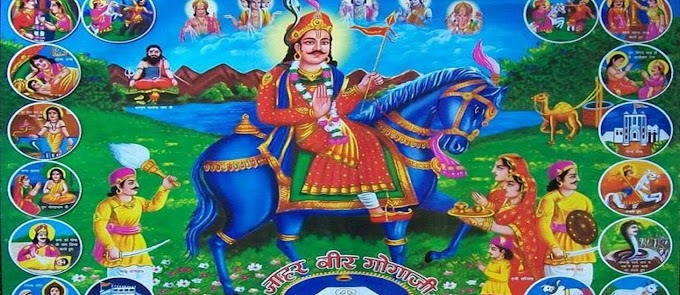Stories about fantastic creatures have been around as long as human civilization has. And the Indian civilization being one of the oldest in the world, there is no dearth of mythological beings. Ancient Indian religious texts mention various such creatures, most of which are associated with one or more of the many Hindu Gods.
Here is a look at some of these creatures along with tales that make them special.
Nandi
Shiva's bull, the protector of all the animals, who calmed down the Angry Shiva

Kamadhenu, the mother of all the cows, started giving birth to a lot of calves, the milk from all of whom flooded Shiva's abode. This disturbed his meditation and made him really angry. And he struck the cows with a bolt of fire from him third eye. To calm him down, the gods offered him a magnificent bull, Nandi, the son of Kasyapa and Kamadehnu.
Sheshnaag
The serpent with 1000 heads that keeps the earth stable

Sheshnaag had 1000 brothers who always caused troubles for everyone around them. Tired of living in such bad company, Sheshnaag left his home and went to the Himalayas. He started meditating and observing strict penances for his brothers' deeds. Impressed by this, Brahma offered him a boon, but Sheshnaag only asked to be a servant of spirituality. So, Brahma asked Sheshnaag to coil around the earth and hold it steady, which he gladly accepted. It is said then when Sheshnaag coils forward, creation happens, and when it coils backward, the universe ceases to exist.
Kamadhenu
The mother of all cows

Kamadhenu, also known as Surabhi, is the original mother of all cows. It is believed that the cow came in to being during the churning of the cosmic ocean, and was presented to the seven sages by the gods. Every part of the cow's body has a religious symbolism. Its four legs symbolize the four Vedas, and its breasts the four Purusharthas. Its horns symbolize the gods, its face symbolizes the sun and the moon, its shoulders symbolize fire. It is believed that it grant all desires of its owner and hence is also known as the 'cow of plenty'.
Garuda
The most famous winged beast in Indian mythology

Garuda and his mother were enslaved by the snakes. In order to be free, Garuda had to go to Indra's kingdom and steal the Amrit. So Garuda did exactly that, although he had to battle all of Indra's might to do this. He and his mother were freed at once.
Vishnu though asked him to prevent the snakes from drinking the Amrit. Just as the serpents were about to drink the amrit, Garuda asked them to clean up first. When the snakes were away for cleaning themselves, Indra attacked Garuda and tried to claim the amrit. Garuda managed to smash Indra's thunderbolt but couldn't keep the amrit. However, a few drops of amrit fell on the ground and the snakes licked it. The amrit was so strong that it burnt their tongues. Apparently, that is the reason why snakes have forked tongues.
Vasuki
The snake around Shiva's neck

Now here's a snake with many, many stories
This snake around Shiva's neck has so many legends about it. The most popular one of them says that when the cosmic oceans were being churned, the poison produced by it was also consumed by some snakes along with Shiva himself. Impressed by this, Shiva decided to accept the Vasuki, the king of snakes, around his neck. It is also said that the snake helps keep the poison in Shiva's throat and not let it slide down to his body.
It is said that the three coils of the snake around Shiva's neck, represent the past, the present, and the future. And the direction of its hood is towards right, which signifies that Shiva's perpetual laws of reason and justice preserve natural order in the universe.





0 Comments